Hello everyone! It’s Kumakichi here!
Do you know which temple is the oldest in Kamakura? That’s right—just like the title says, it’s Sugimoto-dera Temple. I’ve visited many temples around Kamakura, but there’s something special about seeing the very first one ever built. If you’re into history or traditional Japanese culture, this is definitely a place you’ll want to check out♪
By the way, if you head a little further past Sugimoto-dera, you’ll find other beautiful spots like Kōsoku-ji Temple, Myōō-in, and Jōmyō-ji Temple. Since each of these temples is relatively small, it’s totally doable to visit them all in one go without feeling rushed. One lovely thing they all share is the plum blossoms (ume) that bloom in early spring. I visited around that time, and the view was just stunning.

Now, let me introduce you to Sugimoto-dera Temple♪
I’m sure you’re curious about what kind of temple it is—let’s find out together!
What is Sugimoto-dera Temple?
Sugimoto-dera Temple is located about a 25-minute walk from the East Exit of Kamakura Station.
It’s a bit of a walk, to be honest. When I tried it myself, I definitely felt like I had ventured pretty far! If you’re not confident about walking long distances, taking a bus might be a better option.
Sugimoto-dera is known as the oldest temple in Kamakura, said to have been founded during the Nara period in the 8th century, about 500 years before the Kamakura shogunate was established. It’s believed that Gyōki, a famous Buddhist monk, founded the temple. He’s well known for his efforts in building the Great Buddha of Nara and for his work in social welfare.
Later on, the main hall was reportedly built with a donation from Empress Kōmyō, a devout supporter of Buddhism.
Inside, you’ll find three statues of the Eleven-Faced Kannon (Goddess of Mercy), which are designated as Important Cultural Properties by the national or city government. One of these statues is believed to have been carved by Gyōki himself.
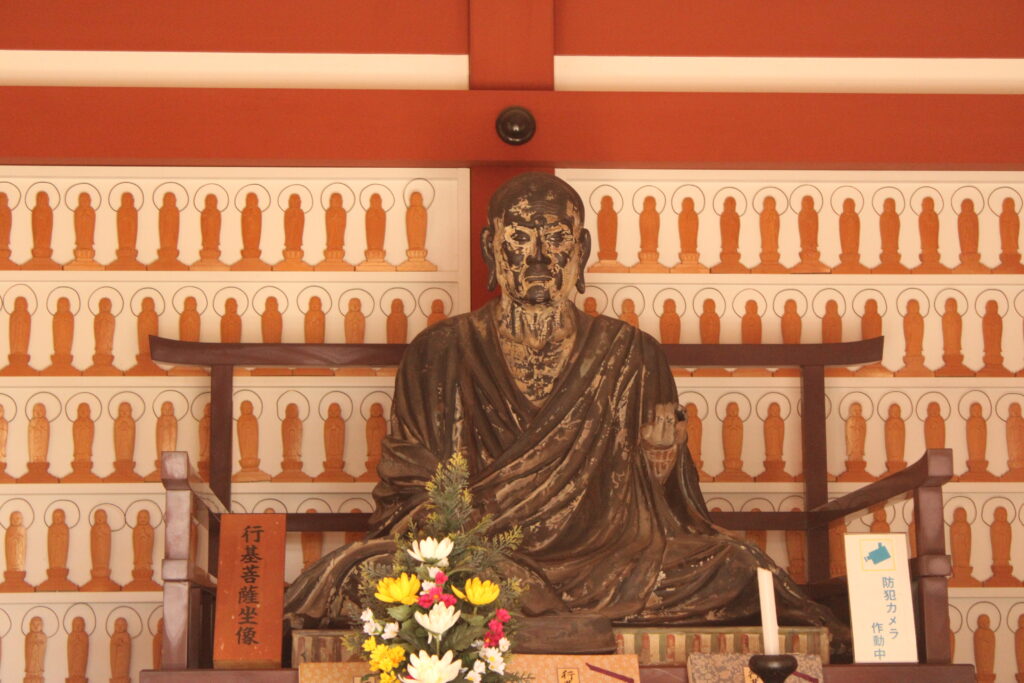
Come to think of it—I actually saw a statue of Gyōki at Kiko-ji Temple in Nara!
Gyōki used Kiko-ji as his base while helping to construct the Great Buddha at Tōdai-ji. He also traveled across Japan, founding provincial temples (kokubunji) in various regions. But that’s not all—he built ponds, embankments, canals, and bridges, and devoted himself to spreading Buddhism and helping ordinary people. Because of his deep compassion and efforts, he was beloved by the public and even called a bodhisattva.
In fact, in the year 745 (the 17th year of the Tenpyō era), Emperor Shōmu appointed him as Japan’s first “Daisōjō” (Great Priest)—a title given to the highest-ranking monk. He was truly one of the most influential Buddhist figures of the Nara period.
The Grounds of the Temple
I finally arrived at Sugimotodera!
The first thing you’ll see is the Nio Gate (Deva Gate) standing at the entrance. From here, get ready to climb a series of stone steps that lead up to the temple buildings.
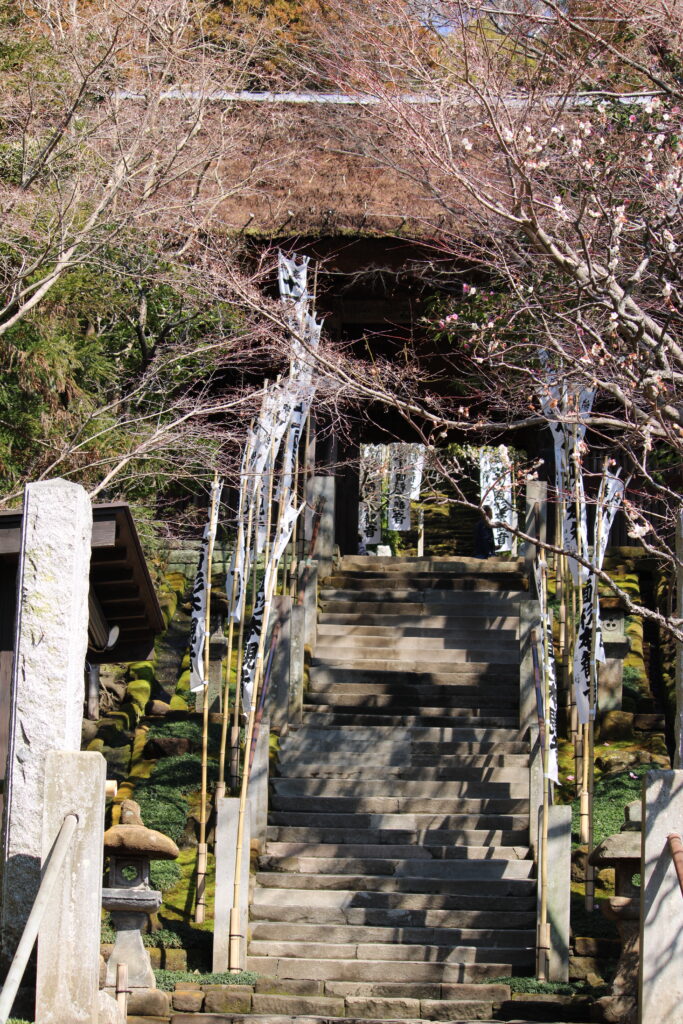
As I got closer to the gate, here’s what it looked like (see the photo below).
There are quite a few stickers and notices posted on it, so… it does look a bit cluttered, to be honest.
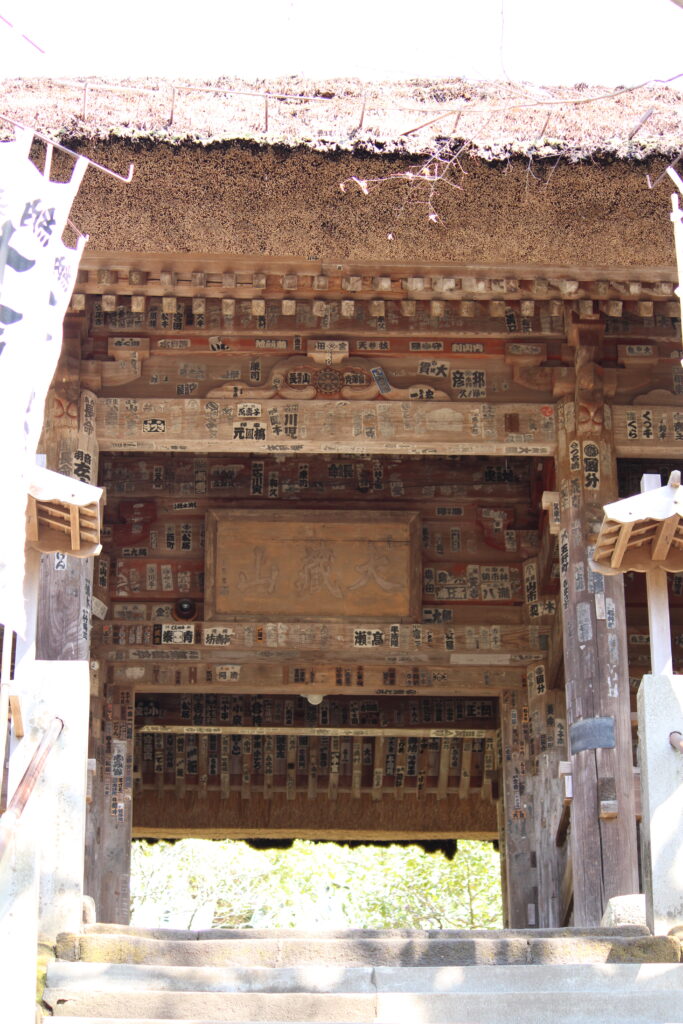
Also, the thatched roof has such a charming, traditional feel, doesn’t it?
I went up close and took a photo to capture the detail.
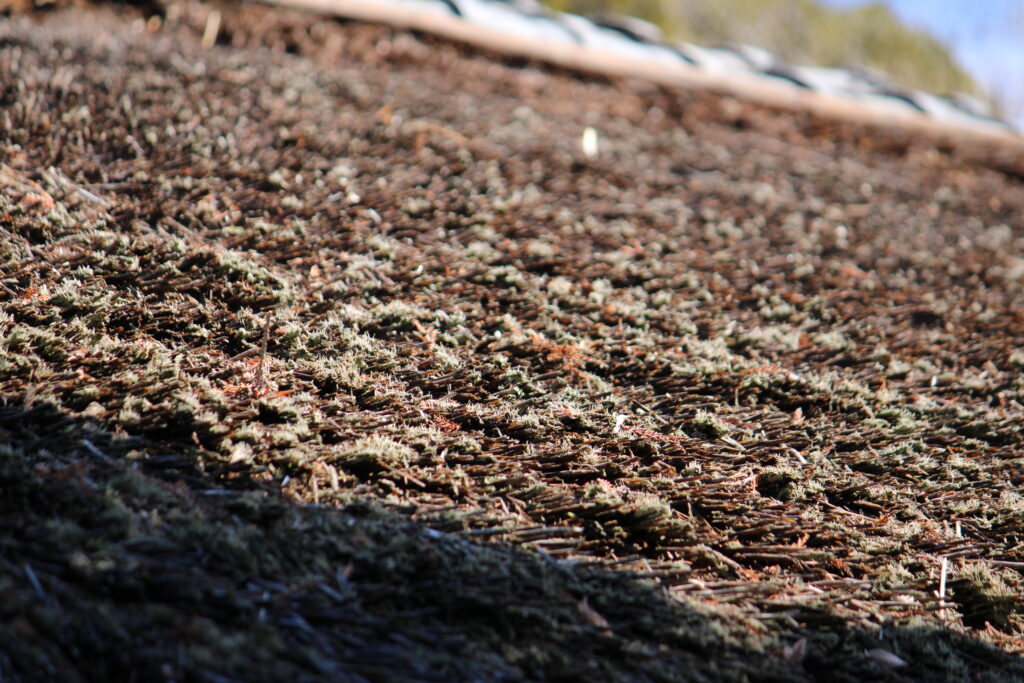
Inside the Nio Gate, you’ll find two powerful guardian statues, said to be the work of Unkei, a famous sculptor.
They’re incredibly intense—I honestly felt a little nervous walking past them!
Kamakura-period art really is known for its realism and lifelike expressions, isn’t it?
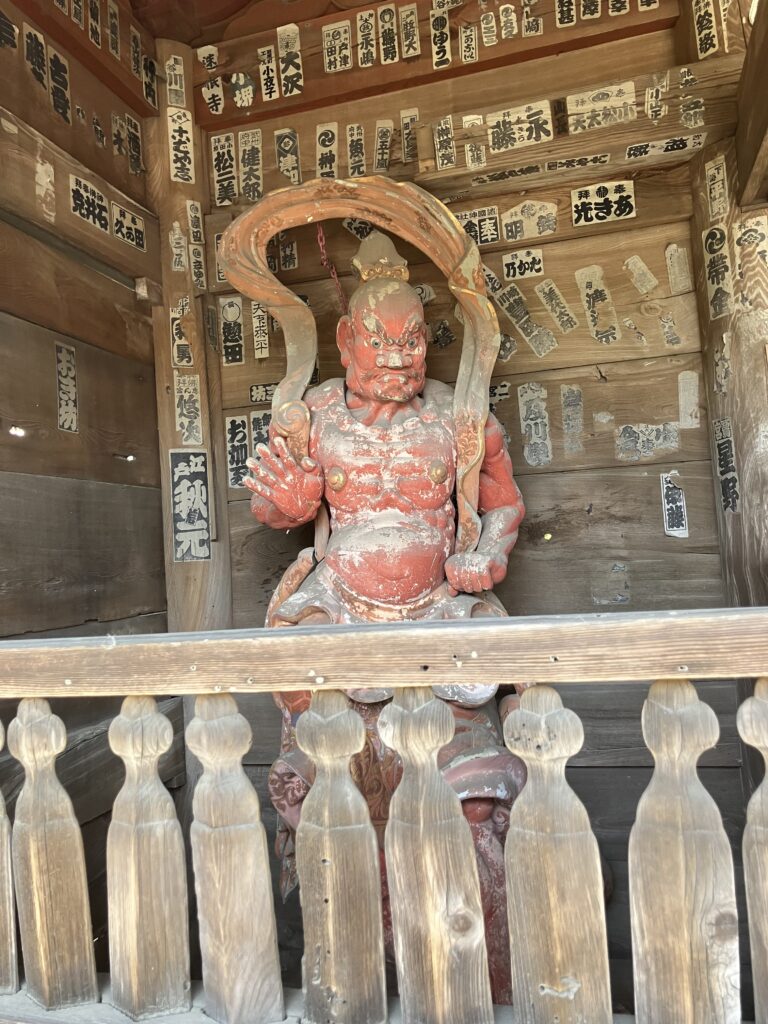
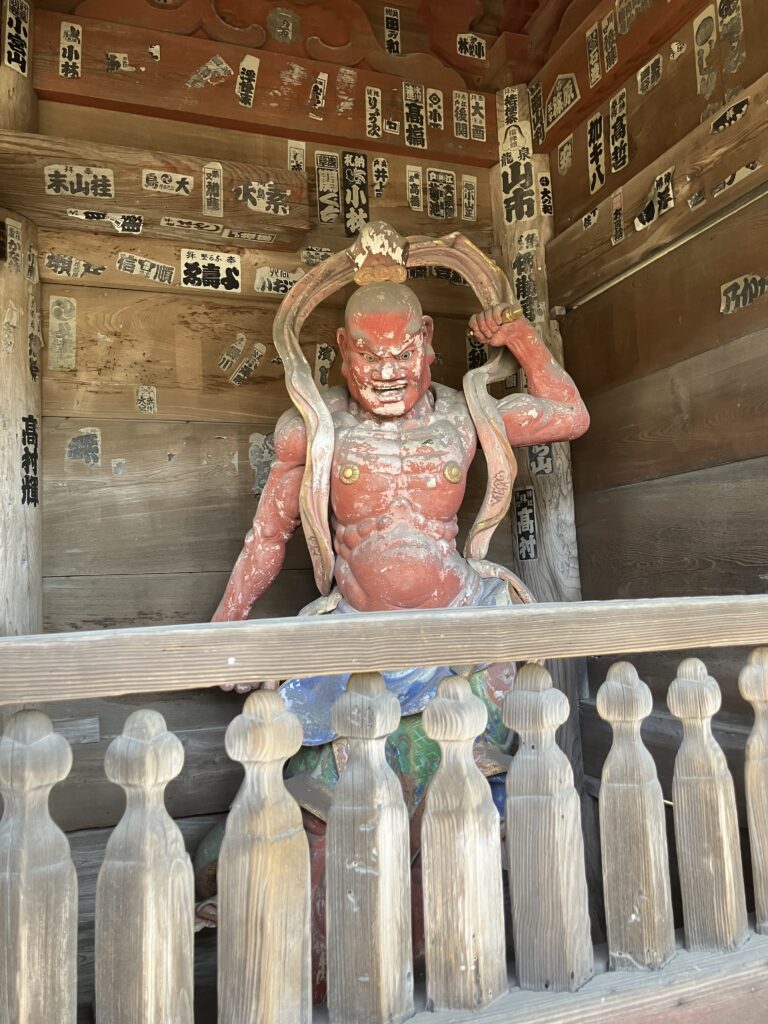
Even after passing through the Nio Gate, the stairs keep going.
The temple is built along the slope of a hill, so it really feels like you’re climbing a mountainside.
I made my way up, slightly out of breath!
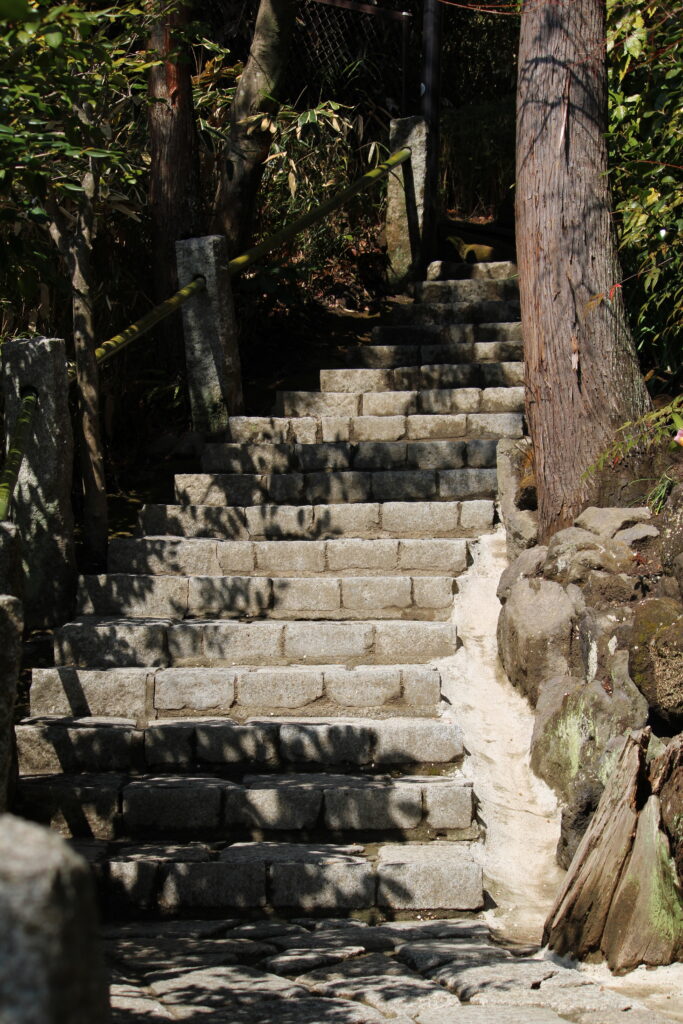
As you continue up the stairs, you’ll reach the main hall (hondō).
Inside, you’ll find statues crafted by the genius sculptor Unkei, so this is definitely something you can’t miss!
By the way, I’ve written a whole article about Unkei, which you can check out here.
知ると10倍歴史散歩が楽しくなる 仏師・運慶 | くま吉の歴史散歩ブログ
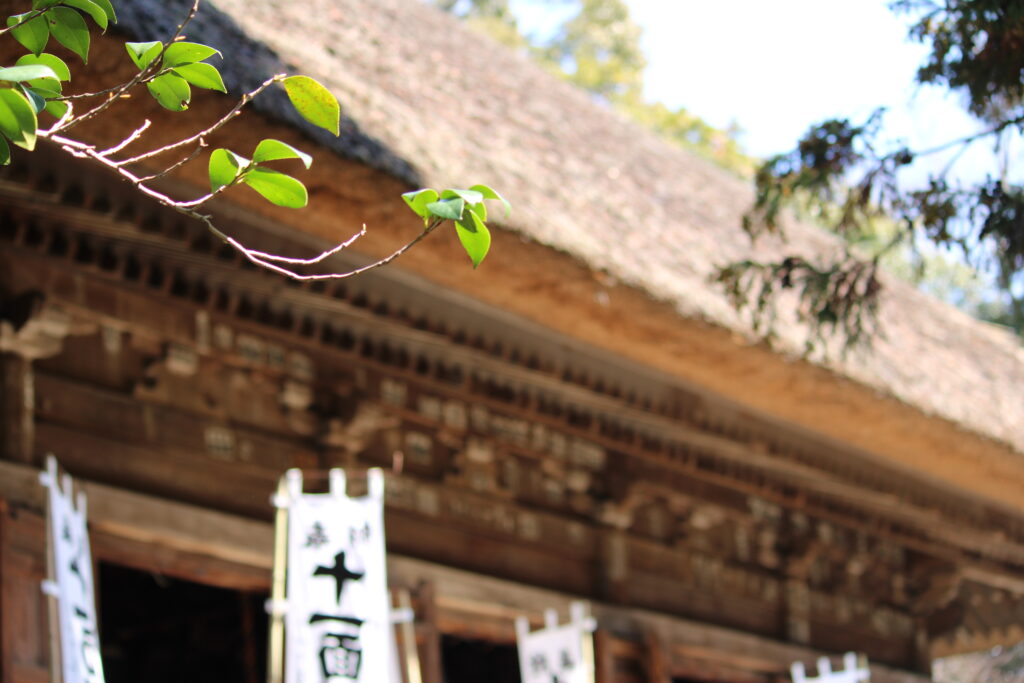
Around the main hall, you’ll also find several statues of Jizo, the bodhisattva who protects travelers and children.
These statues have a really deep, peaceful vibe to them.
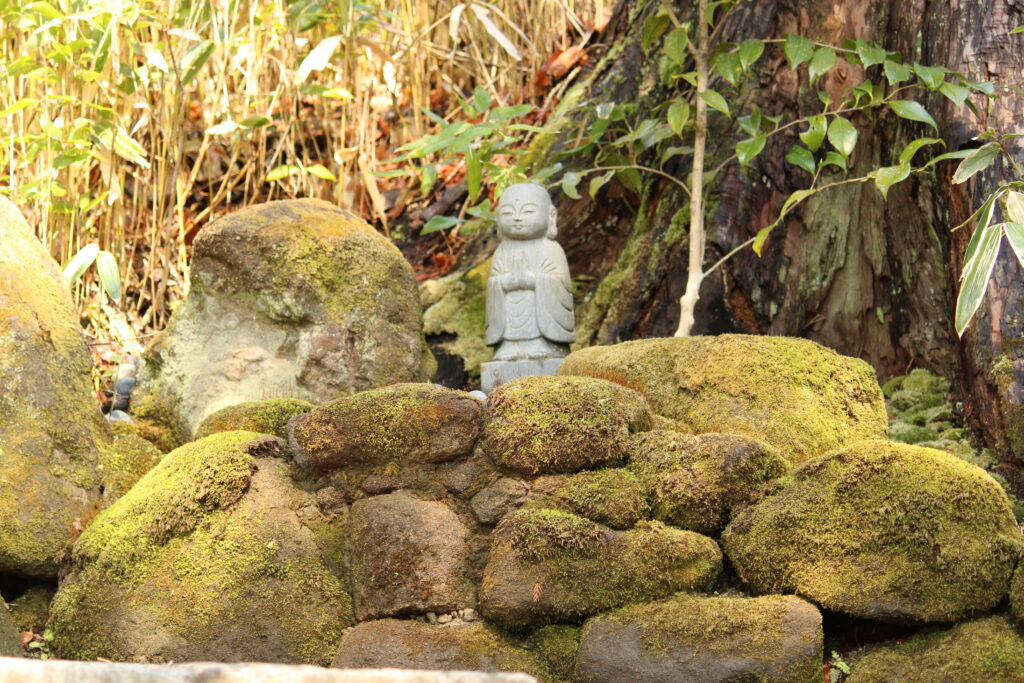
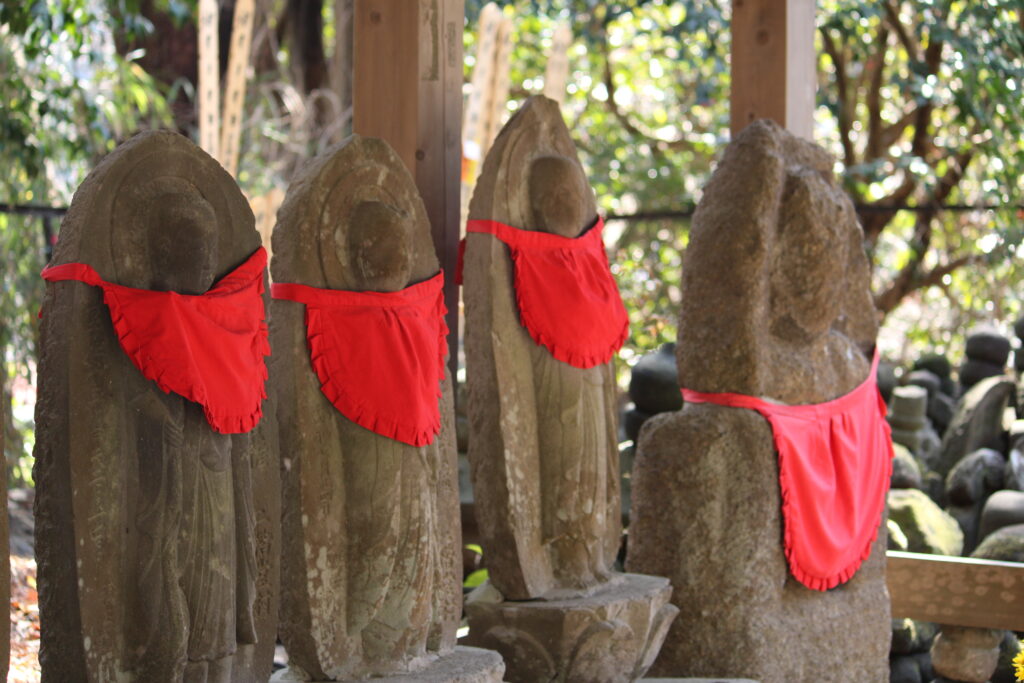
Lastly, I took a photo of things I really like, such as the moss and stones, which are often found in Japanese temples. Don’t they create a great atmosphere?
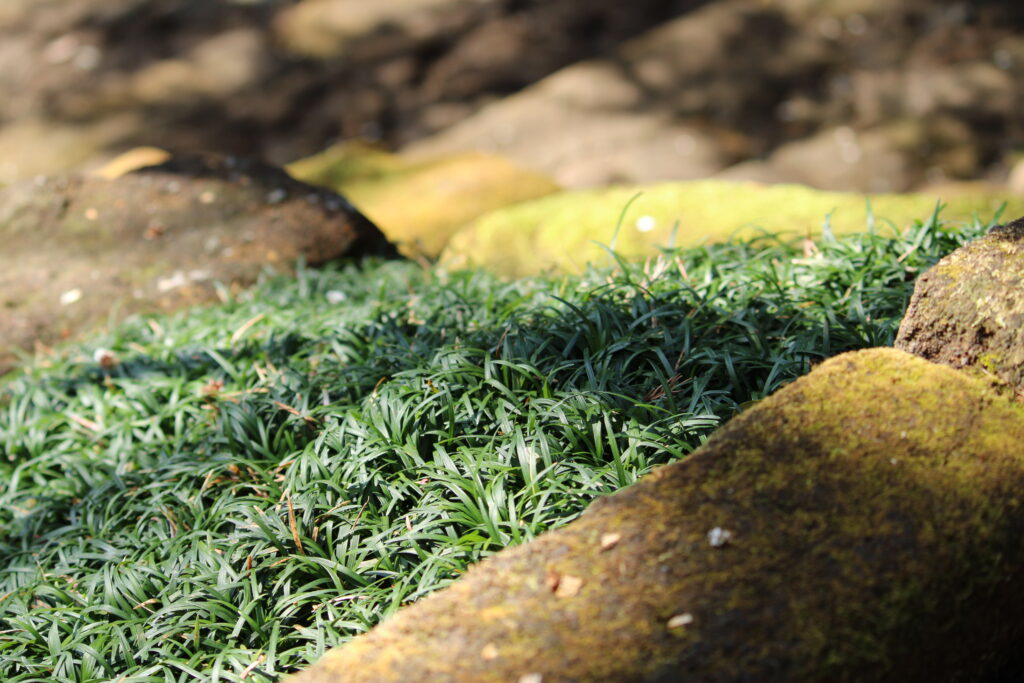
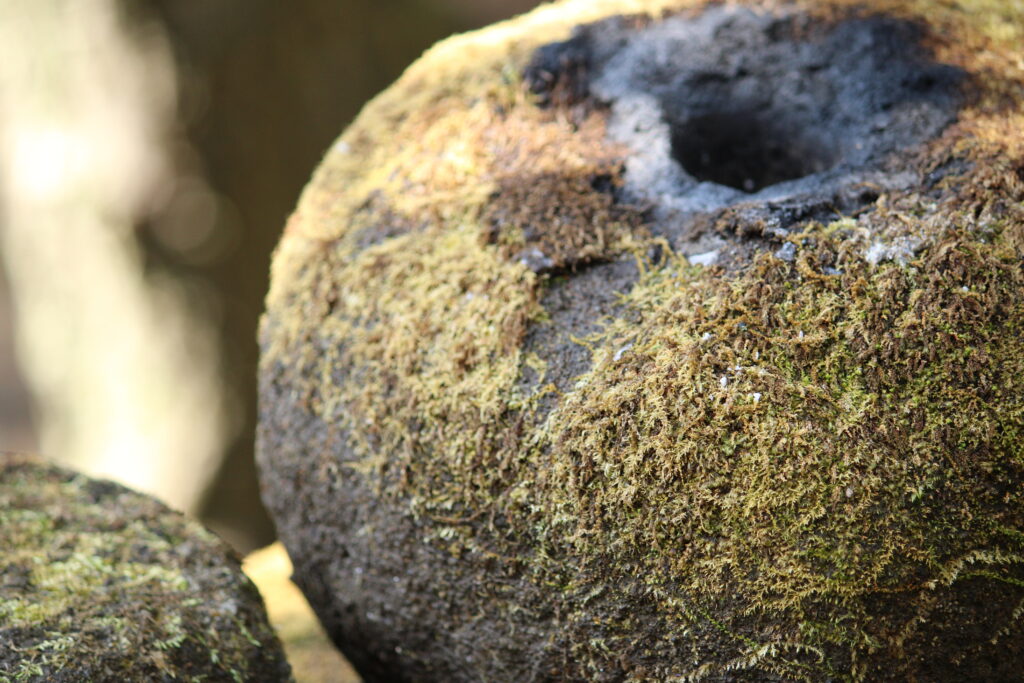
Conclusion
So, what did you think?
I hope the charm of Sugimoto-dera, the oldest temple in Kamakura, has come through to you!
What makes Sugimoto-dera special is that it requires a bit of physical effort due to the many stairs you have to climb. But once you get up there, you’ll be surrounded by nature, with different flowers and plants to enjoy throughout the year. And, of course, it has great cultural significance, with works by the famous sculptor Unkei housed in the temple.
If it’s your first time visiting Kamakura, you might not make it all the way to Sugimoto-dera, but if you plan on coming back to Kamakura a few times, I highly recommend stopping by!
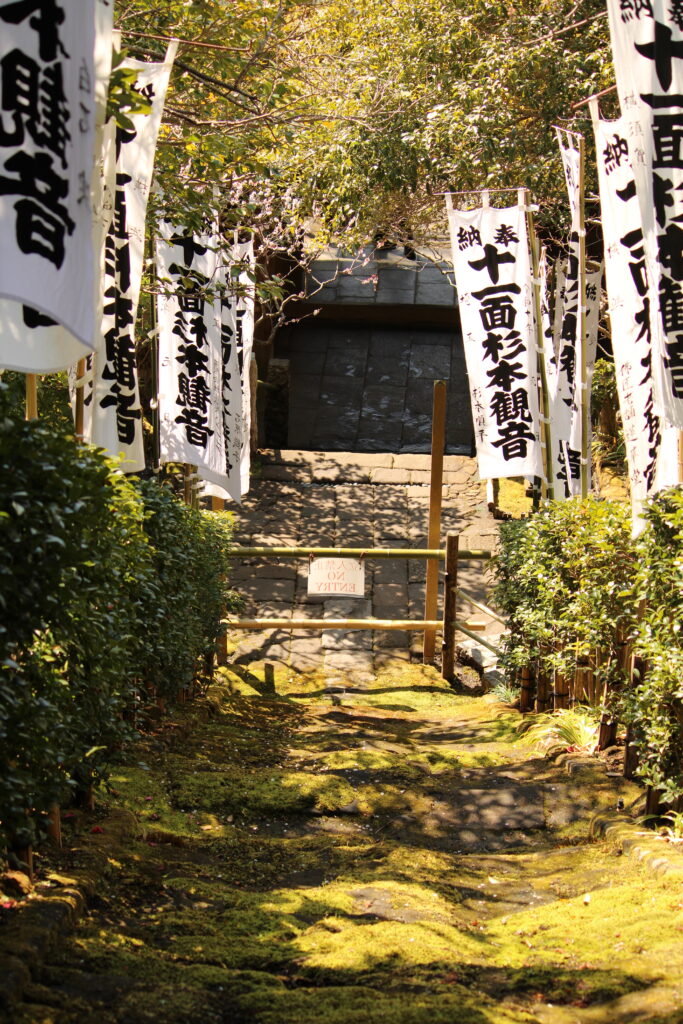
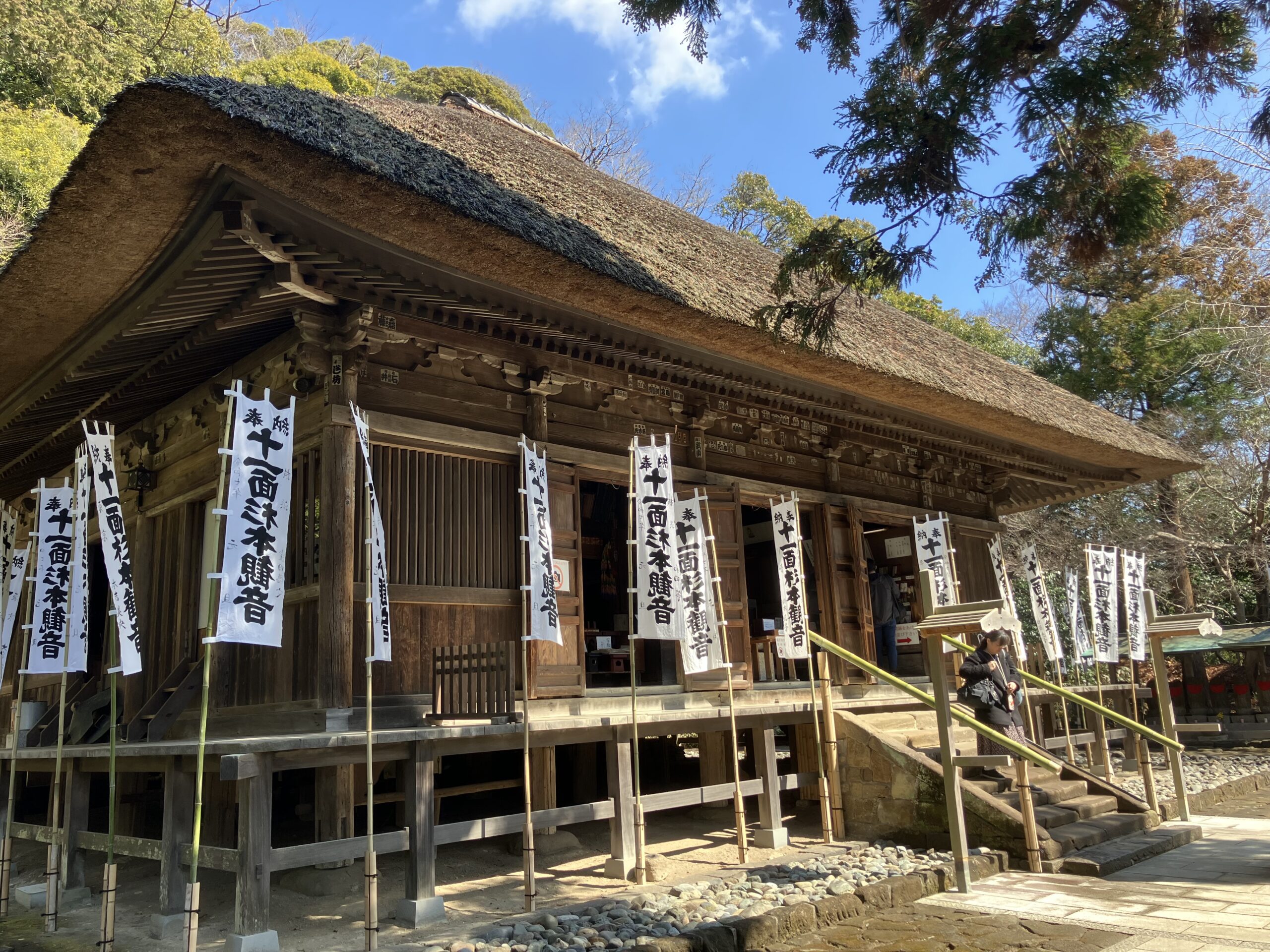


コメント